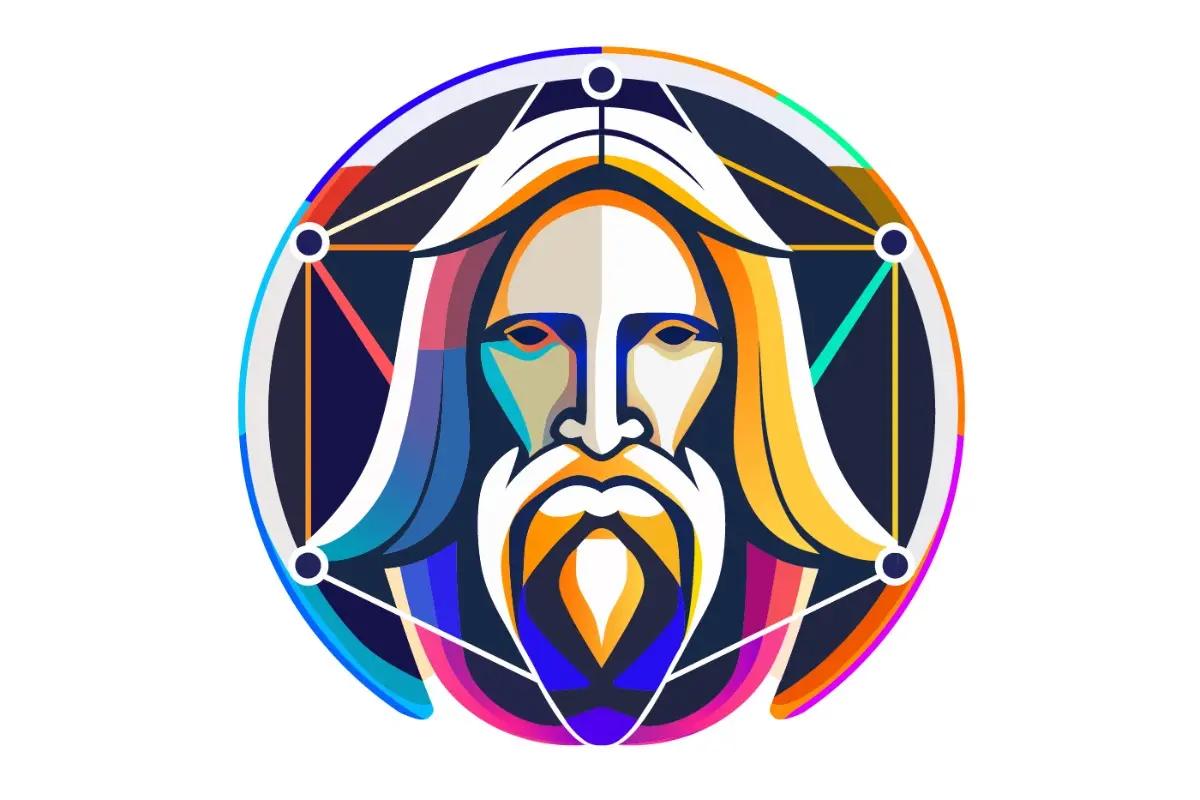June 24, 2024|6 min reading
AI and Art: Navigating Ethical Boundaries

Introduction
The fusion of AI and art is revolutionizing the creative landscape. Advanced algorithms now assist artists in generating ideas, designing intricate pieces, and executing complex projects. However, the rise of AI in art also brings forth crucial ethical questions about authenticity, ownership, and inclusivity. Addressing these issues is vital to fostering a just and thriving artistic community.
AI’s Role in Art Creation
AI is reshaping the artistic process at every stage, offering new tools and methods that enhance creativity.
Inspiration and Idea Generation
AI algorithms analyze vast data sets to suggest novel concepts and patterns, providing artists with fresh inspiration. This computational creativity introduces new perspectives that can spark innovative ideas.
Design and Development
Platforms like Google’s DeepDream and IBM Watson enable artists to experiment with AI-generated content, transforming initial ideas into detailed designs. These tools expand the creative possibilities by offering diverse and unexpected outputs.
Execution and Precision
AI-driven technologies, including robotics and 3D printing, allow for precise execution of artistic visions. These tools help artists realize complex designs with a level of accuracy that would be challenging to achieve manually.
Innovative Artistic Expressions
AI is opening new avenues for artistic expression, pushing the boundaries of what is possible.
Music and Soundscapes
Musicians utilize AI to create intricate soundscapes, blending various genres and styles. AI can compose music that evokes human emotions, adding a new dimension to musical creativity.
Visual Arts
Generative adversarial networks (GANs) enable visual artists to produce unique artworks with innovative textures and color schemes. This collaboration between human creativity and machine learning results in visually stunning and conceptually rich pieces.
Ethical Considerations in AI Art
The integration of AI in art brings several ethical challenges that need careful consideration.
Authorship and Ownership
Determining the ownership of AI-generated art is complex. Traditional copyright laws struggle to address who holds the rights—whether it's the creator of the AI, the user, or the algorithm itself. Clear guidelines and legal frameworks are necessary to navigate these issues.
Bias and Inclusivity
AI systems can perpetuate biases present in their training data. Ensuring diverse and inclusive datasets is crucial to avoid reinforcing stereotypes and marginalizing certain art forms or cultures. Regular audits and inclusive practices can help mitigate these biases.
Access and Inequality
The availability of advanced AI tools can create disparities in the art world. Ensuring equitable access to these technologies is essential to foster a diverse and inclusive artistic community. Educational initiatives and supportive policies can help bridge the gap.
Balancing Innovation and Ethics
Artists and technologists must work together to balance creative innovation with ethical responsibility.
Co-Creation
Viewing AI as a collaborative partner rather than a substitute ensures that human creativity remains at the forefront. Artists can guide AI tools to enhance their work while retaining control over the creative process.
Ethical Guidelines
Developing and adhering to ethical guidelines for AI in art is crucial. Open discussions and collaborations across disciplines can help establish standards that reflect shared values and promote responsible use of AI.
Future of AI in Art
The future of AI in art holds immense potential. When developed and used responsibly, AI can push artistic boundaries, introduce new forms of expression, and make advanced creative tools accessible to all. The key is to guide AI's progress in a way that enhances human creativity without overshadowing it.
Conclusion
The integration of AI in art is transforming the creative landscape, offering exciting opportunities and posing significant ethical challenges. By addressing issues of ownership, bias, and access, we can ensure that the fusion of AI and art fosters a just and thriving artistic community. Embracing AI as a collaborative partner, artists can push creative boundaries while maintaining ethical integrity.
FAQs
What is AI's role in art? AI assists in generating ideas, designing intricate pieces, and executing complex projects, enhancing the overall creative process.
How does AI inspire artists? AI algorithms analyze large datasets to suggest novel concepts and patterns, providing fresh inspiration and new perspectives.
Who owns AI-generated art? Determining ownership is complex, with traditional copyright laws struggling to address whether it's the creator of the AI, the user, or the algorithm itself.
How can we ensure AI-generated art is inclusive? Using diverse and inclusive datasets for training AI systems and conducting regular audits can help mitigate biases and promote inclusivity.
What are the ethical challenges of AI in art? Ethical challenges include questions of authorship, bias in AI systems, and equitable access to advanced technologies.
How can AI and human creativity coexist? Viewing AI as a collaborative partner rather than a substitute allows artists to enhance their work with AI while retaining control over the creative process.
Tools referenced

Joconde AI
JocondeAI is an online service that allows users to generate stunning images using AI. Simply input a prompt or keywords...

LeonardoAI
LeonardoAI is an advanced image generator crafting photorealistic art effortlessly with its sophisticated AI technology.

Merlio
Merlio, an AI tool for code generation, allows you to create content 10x faster. No credit card required to start genera...

Midjourney
Midjourney is an independent research lab dedicated to pushing the boundaries of AI and design, fostering the expansion...
Explore more

The Race for Artificial General Intelligence: Superintelligence and Society
Explore the debate on artificial general intelligence and superintelligence, featuring expert insights on its possibilit...

Artificial Superintelligence: The Last Invention Humanity May Ever Make
Explore the potential impact of artificial superintelligence on humanity—our greatest invention could change life as we ...

AI and Warfare: How AI Systems Are Driving Destruction in Gaza
An in-depth look at how AI systems, like the IDF’s Gospel and Lavender, are reshaping warfare in Gaza, leading to widesp...
